The Brazilian journalist is working with data scientists and programmers to connect the dots between government policies and their tangible effects in the environment.
For a news cycle last August, the world’s gaze turned on the Amazon, which was billowing smoke that could be seen from space. Locals, encouraged by the anti-environmental rhetoric of Brazilian President Jair Bolsonaro, had set fire to large swaths of the rainforest. “It’s a weird feeling,” said Thiago Medaglia. “I’ve been covering environmental issues in Brazil for fifteen years, but now all these things are happening and … I’m not there, I’m not doing interviews.”
It can be hard to shake that instinct to report, especially if you’ve had a career like Medaglia’s. After journalism school in São Paulo, he spent five years as a roving reporter in Latin America, writing longform pieces about nature, science, traditional cultures, and adventure sports for Terra magazine. From there he started freelancing for National Geographic Brazil and in 2011 was hired as an editor. He says he was lucky — he went straight to work for the magazines he’d grown up reading. “That doesn’t happen very often, right, that you work in the places where you dream.”
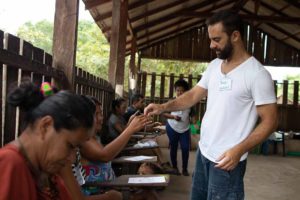
But during his time in the field, Medaglia became increasingly discouraged by the state of the Brazilian media, which he says lacked the structure and financial resources to cover science and hold the government accountable for its corrupt policies. “There’s so much going on right now in Brazil regarding science and the environment that is not being covered by local media, mainstream media,” he says. He decided that what Brazil needed most was not another good environmental reporter, but rather more people thinking ambitiously about new media projects and ways to fund them.
So Medaglia decided not to pursue a reporting post in the Amazon and instead embarked on a series of fellowships in the U.S. to learn more about the changing journalism industry. In 2015 he interned at Mother Jones in San Francisco through the International Center for Journalists, then he moved to Manhattan in 2016 for the Tow-Knight fellowship at the City University of New York to learn the entrepreneurial side of journalism.
The project that came out of those experiences was Ambiental Media, a startup that connects scientists with journalists, programmers, and developers to produce environmental reporting that is data-driven, accessible, and visually engaging. It’s part of a new wave of experimental digital media that aims to change the conversation around science in Brazil.
As a Knight fellow at MIT, Medaglia is working with data scientists and programmers to connect the dots between government policies and their tangible effects in the environment, translating money and politics into carbon emissions and metrics that people can understand. He intends to bring those skills home to São Paulo, and use them to take on the big issues of deforestation, overfishing, sanitation, and freshwater conservation. “This Amazon fires fever, it’s going to pass, eventually. Other news will come. But the problems will still be there,” he says. “They have been there for a long time in Brazil.”
At heart, Medaglia’s still a longform writer, who loves to read and travel. He hopes one day to see Ambiental thriving as a hub for scientists and journalists, and reaching a global audience. “And then I can have my time to write books!” he laughs. “Like, I’m done, good luck, I’m going to write a book. Or a few books. That’s what I’d love to do.”
This is the second in a series of profiles of the 2019-20 Knight Science Journalism fellows, written by students in MIT’s Graduate Program in Science Writing.

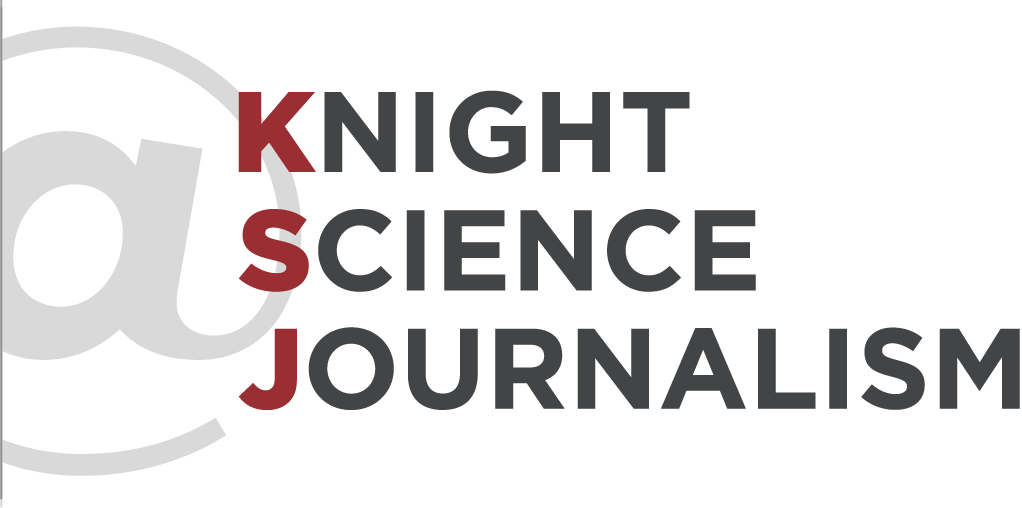
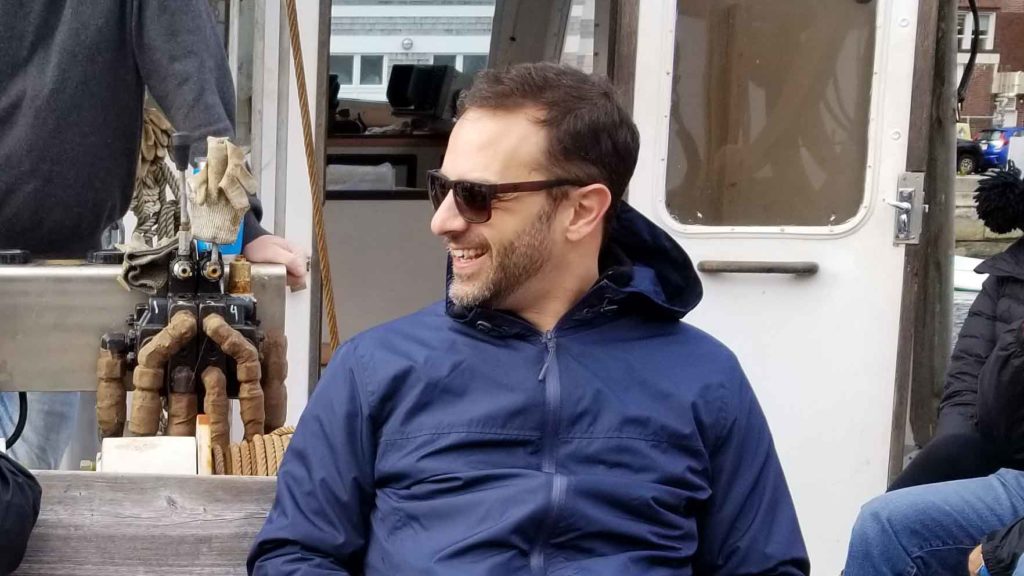
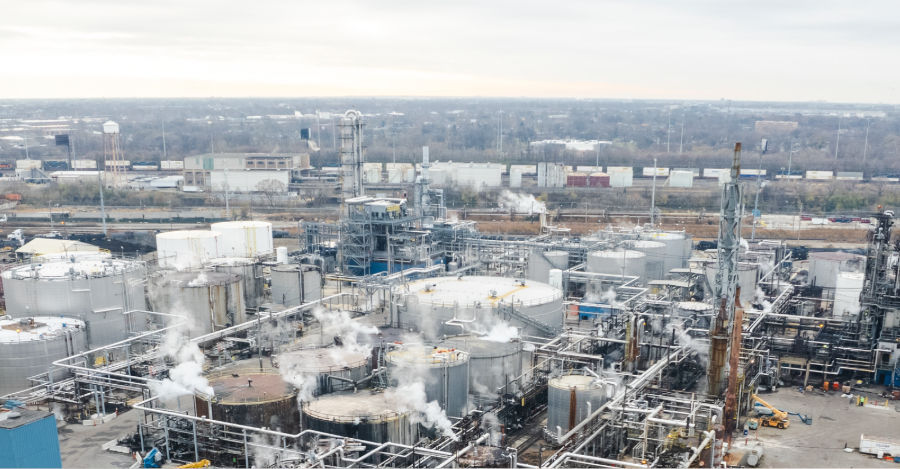
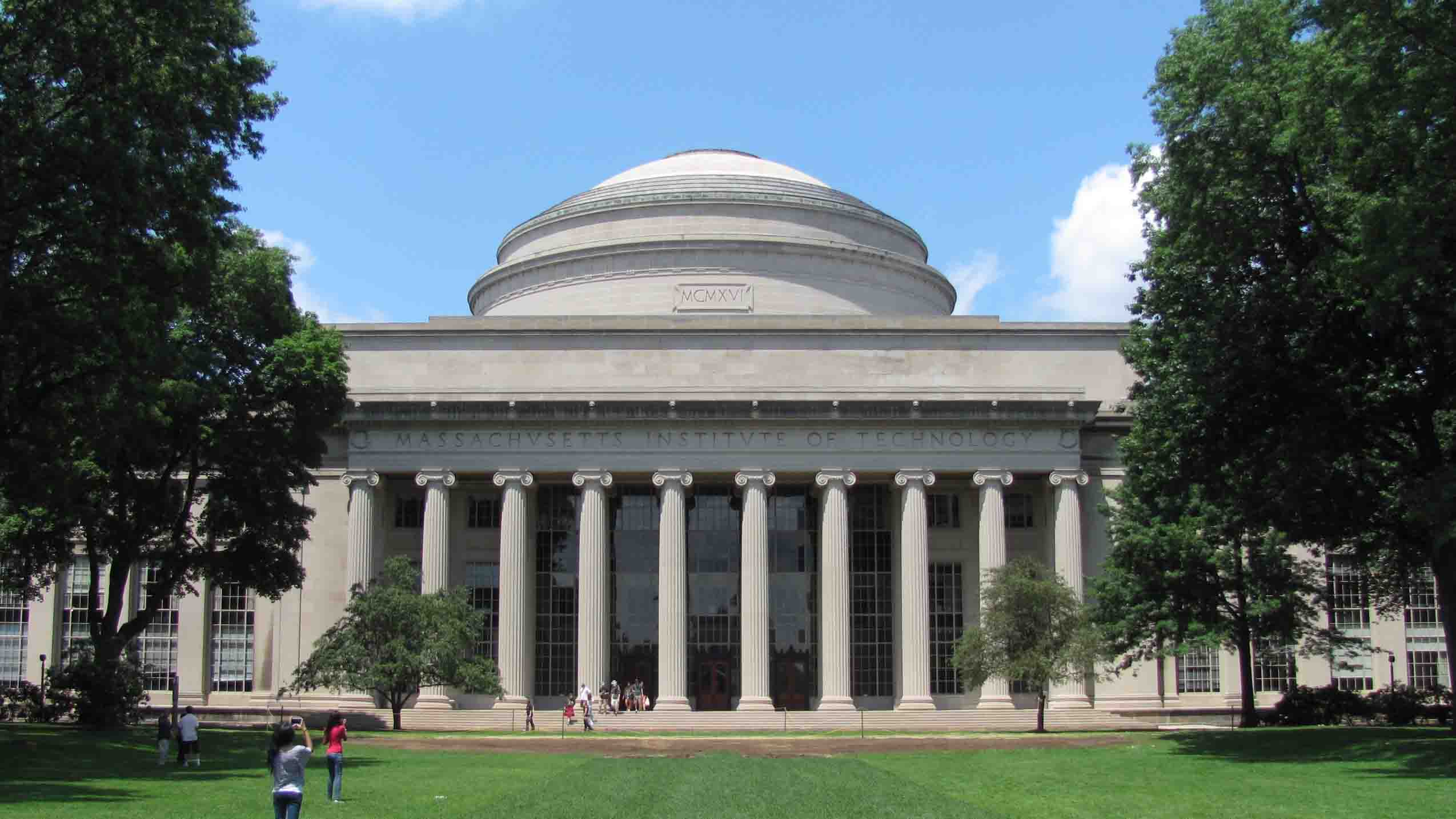
Leave a Reply